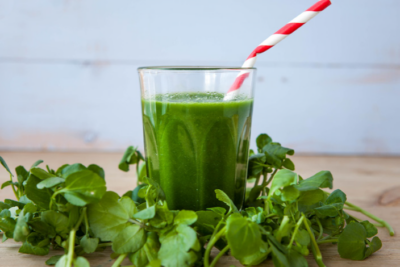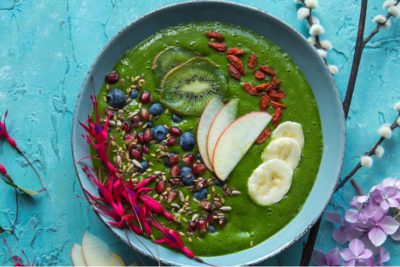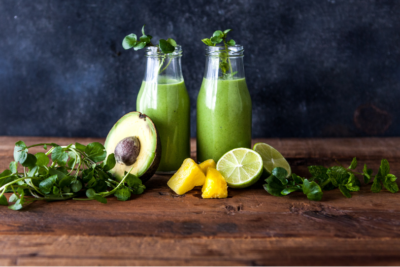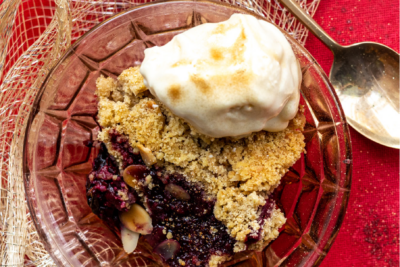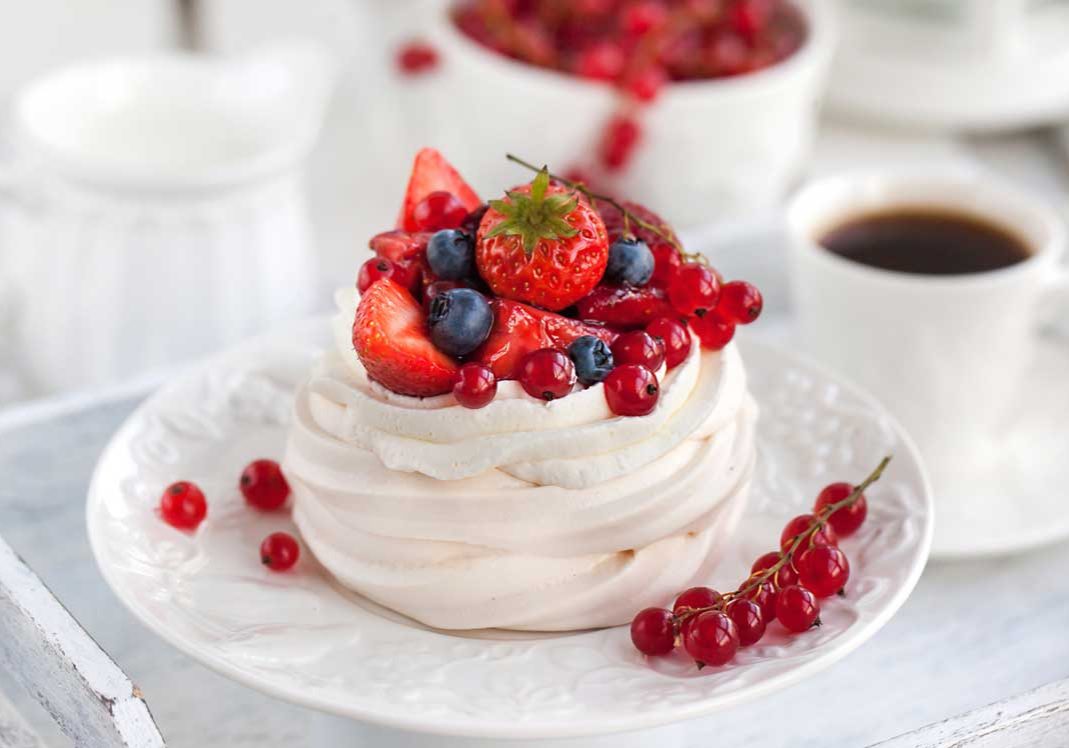
Discover the wonders of aquafaba! Here are our top aquafaba recipes
by Northern Life
If you haven’t heard of aquafaba before, you’ll be astonished by what you can do with it. The chances are, you have some in the cupboard right now. In fact, you’ve probably chucked a lot of it away in your lifetime.
Aquafaba is growing in popularity as an egg substitute and for good reason; it is one of the cheapest and most accessible egg substitutes around – all you need is a can of chickpeas.
To make it, grab a can of chickpeas and drain the water into a bowl. Put the chickpeas to one side, and that’s it… the viscous watery substance in the bowl is called aquafaba (You can also gently cook beans in water for 3-4 hours and retain the water to get the same result). Some recipes recommend that you reduce the liquid to get a consistency more like egg whites.
Aquafaba is the common name for the cooking liquid of beans and legumes like chickpeas. It has a unique mix of starches, proteins, and other soluble plant solids which have migrated from the beans to the water during the cooking process giving it a wide spectrum of emulsifying, foaming, binding, gelatinous and thickening properties.
Once you’ve sourced your bean water it’s use is as varied as it is surprising. It really is a breakthrough in dairy free/vegan cuisine.
Unlike other egg substitutes which can be dense and strong in flavour, aquafaba whips like meringue and hardly tastes of anything.
And without further ado, we would like to introduce all vegans (and lactose intolerants) to a world of butter, mayonnaise, cheese, meringue, cakes and much more…
Scroll down for some of our favourite aquafaba recipes.
First, here’s a (fairly long-winded) video showing the whipping of aquafaba to give you an idea of how it should look when whipped.

